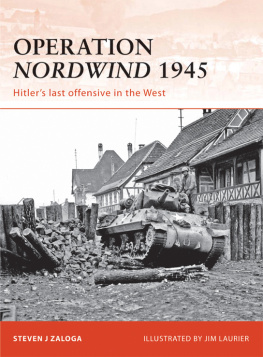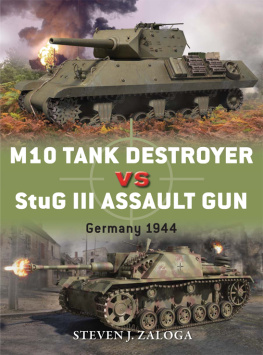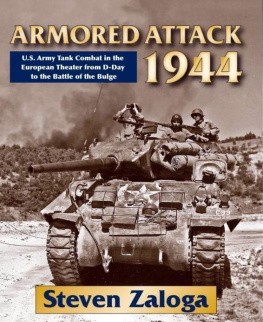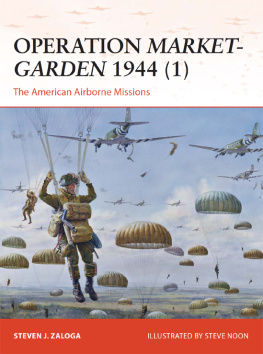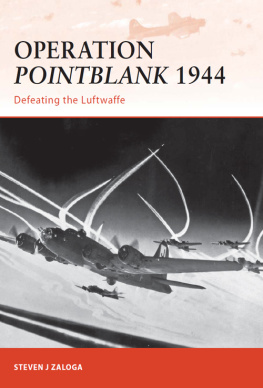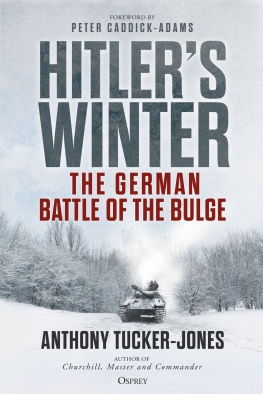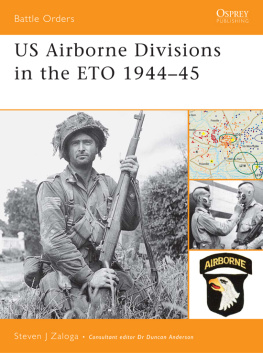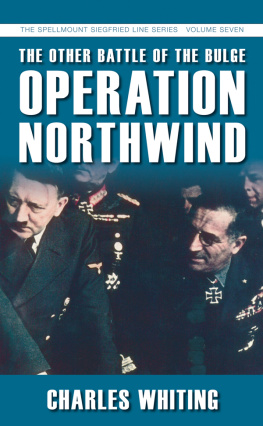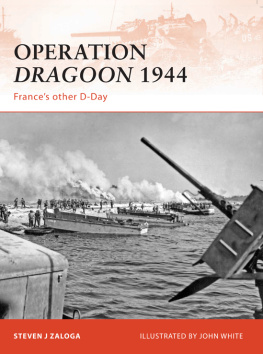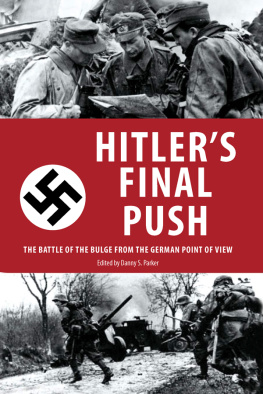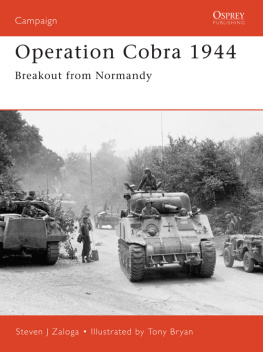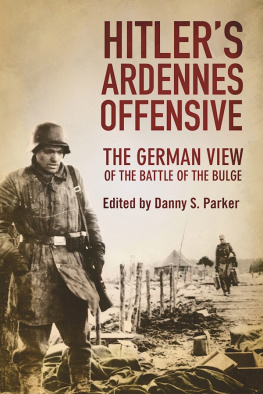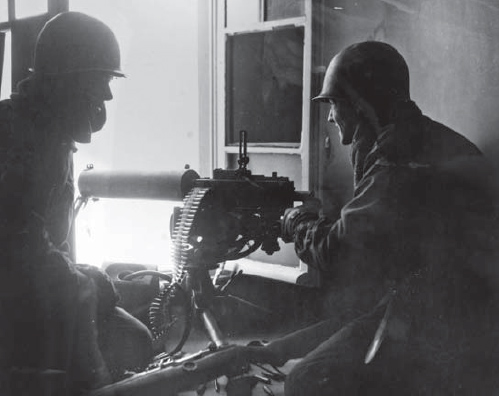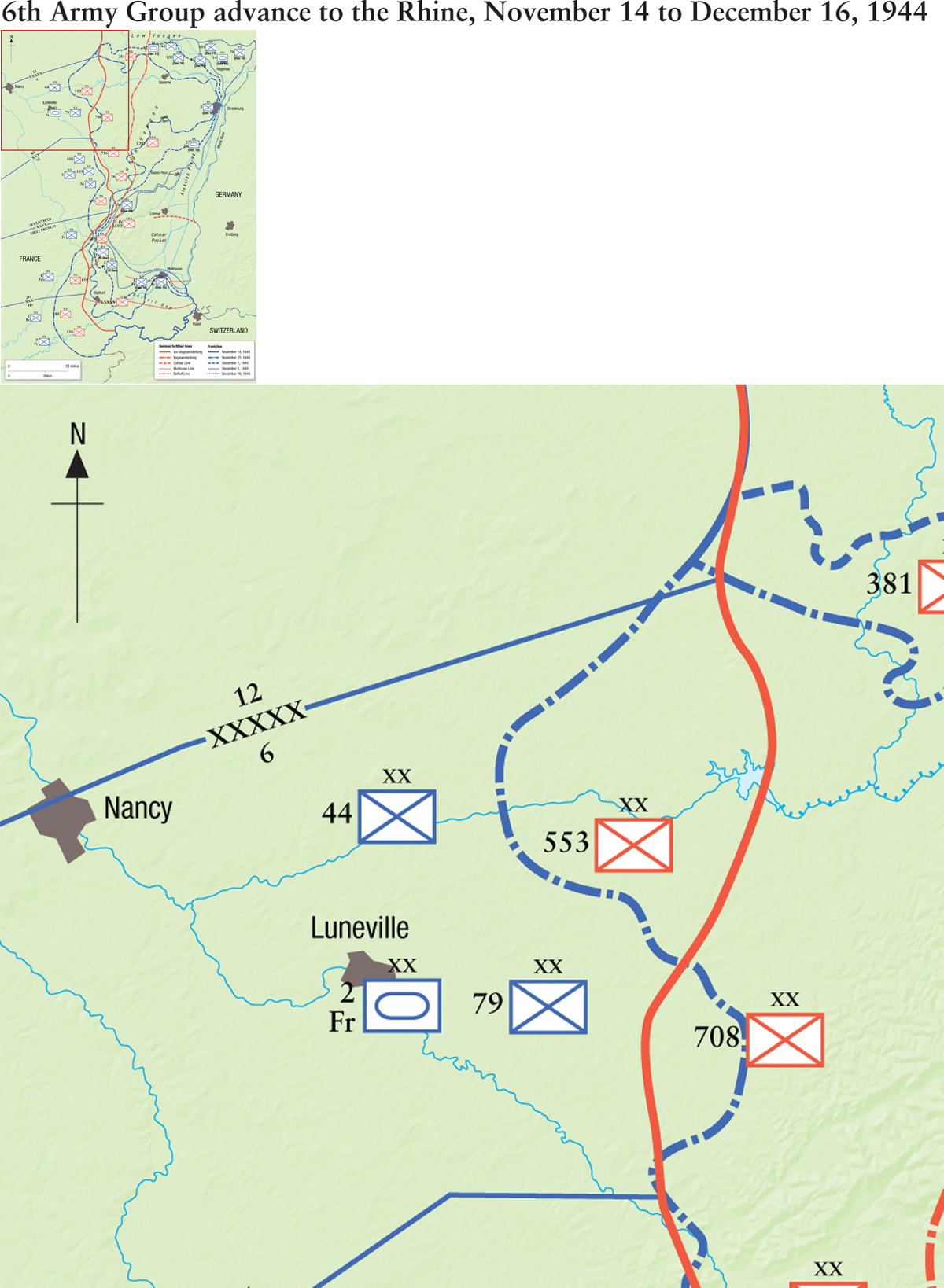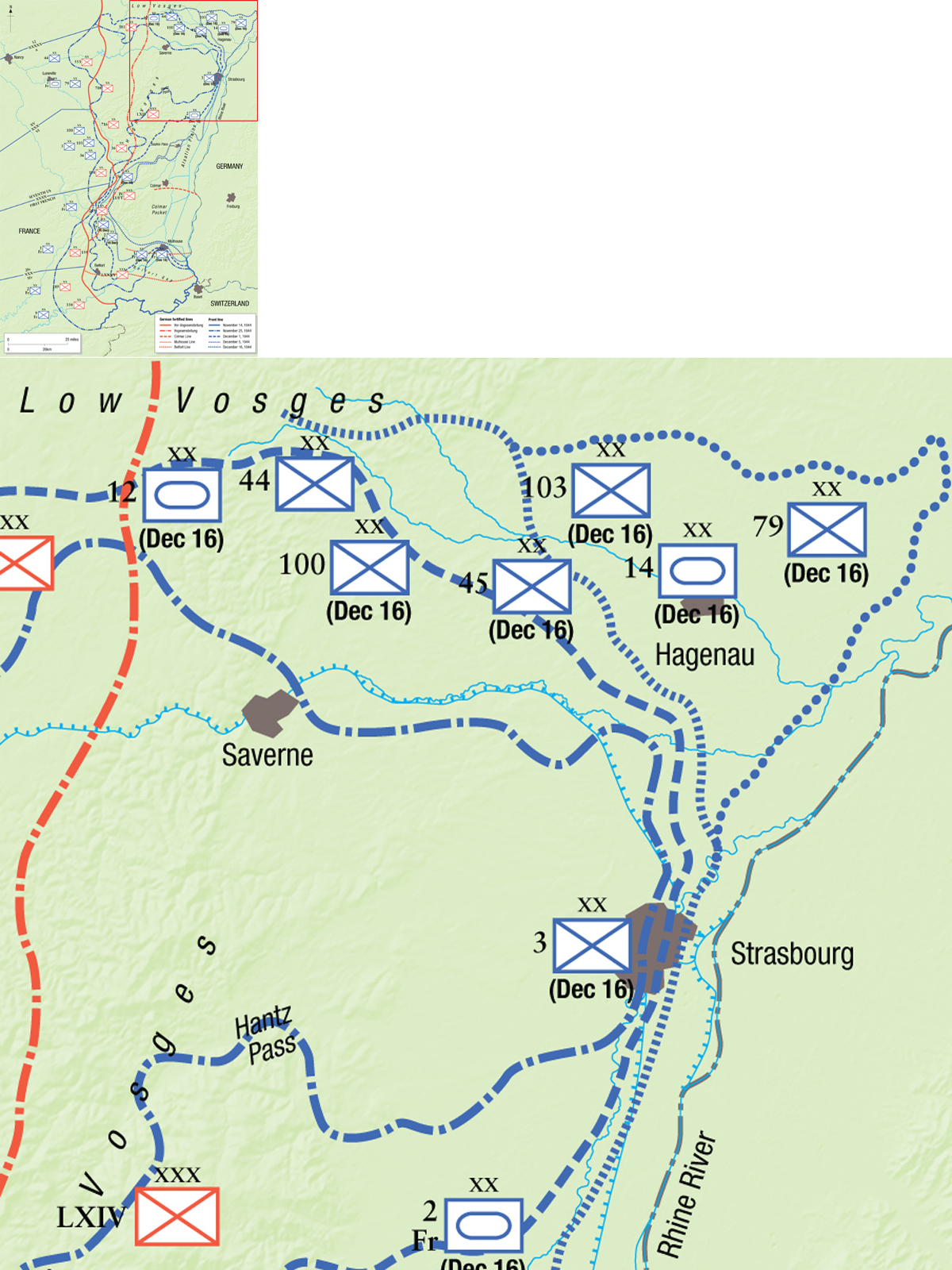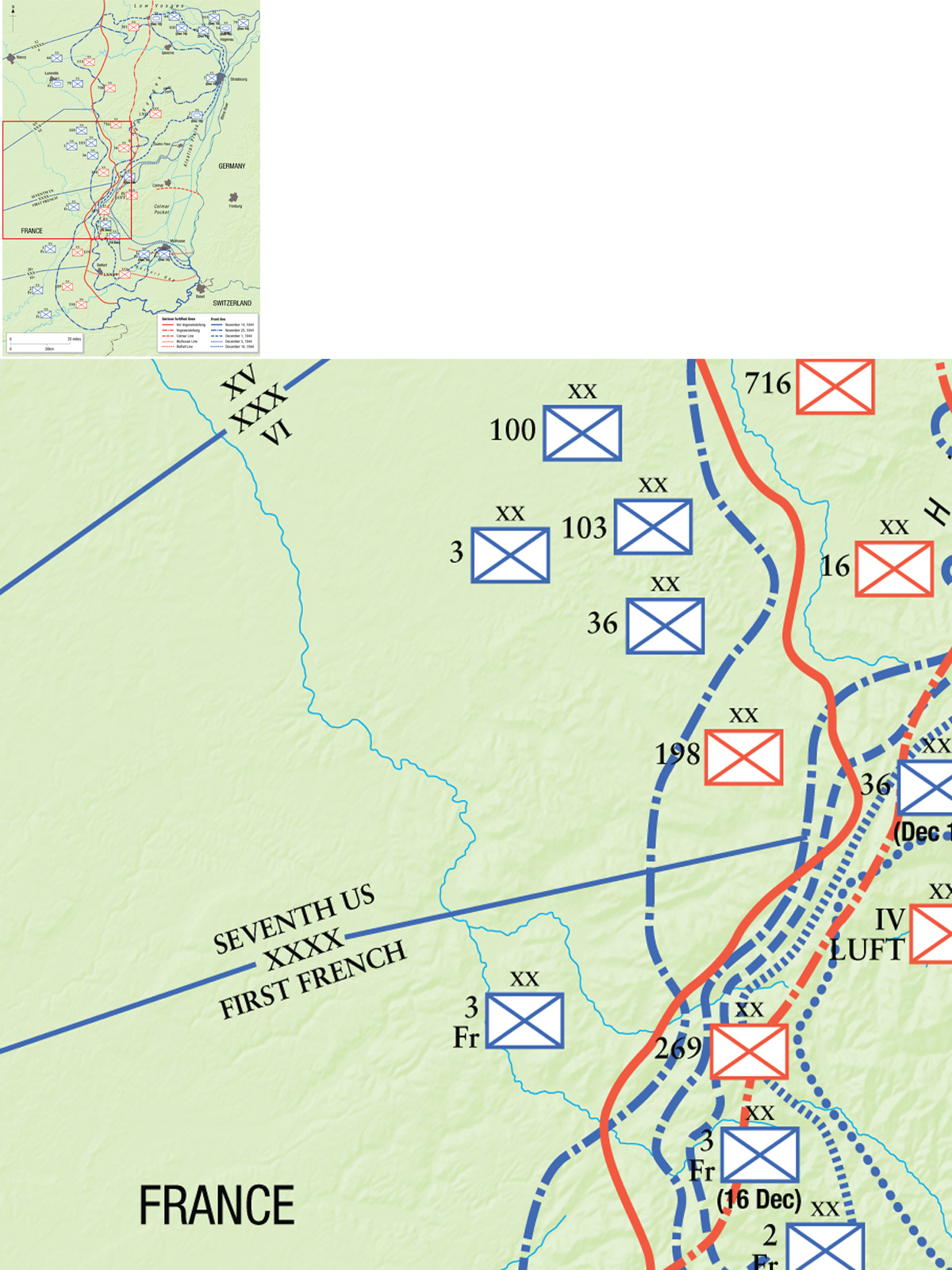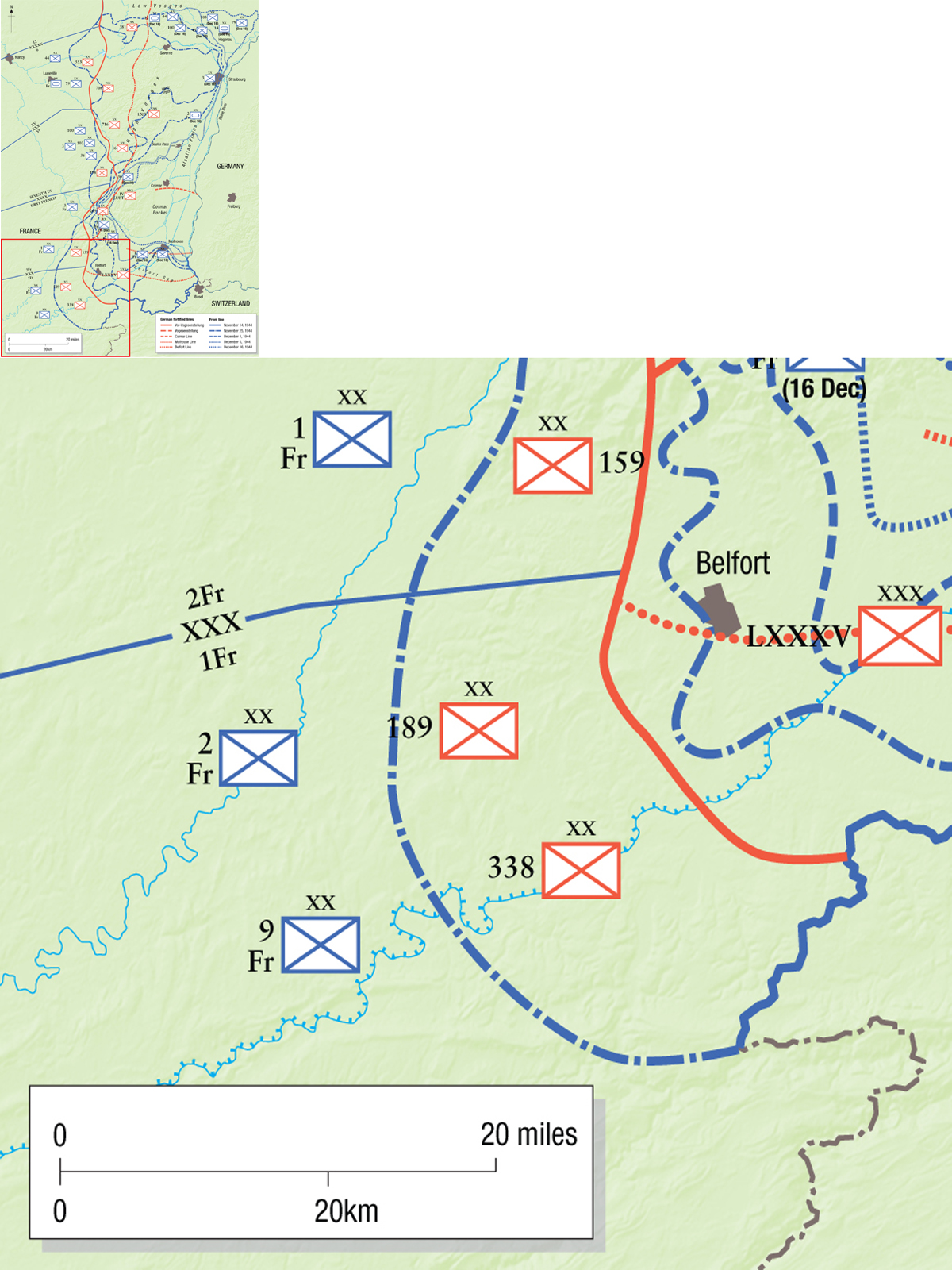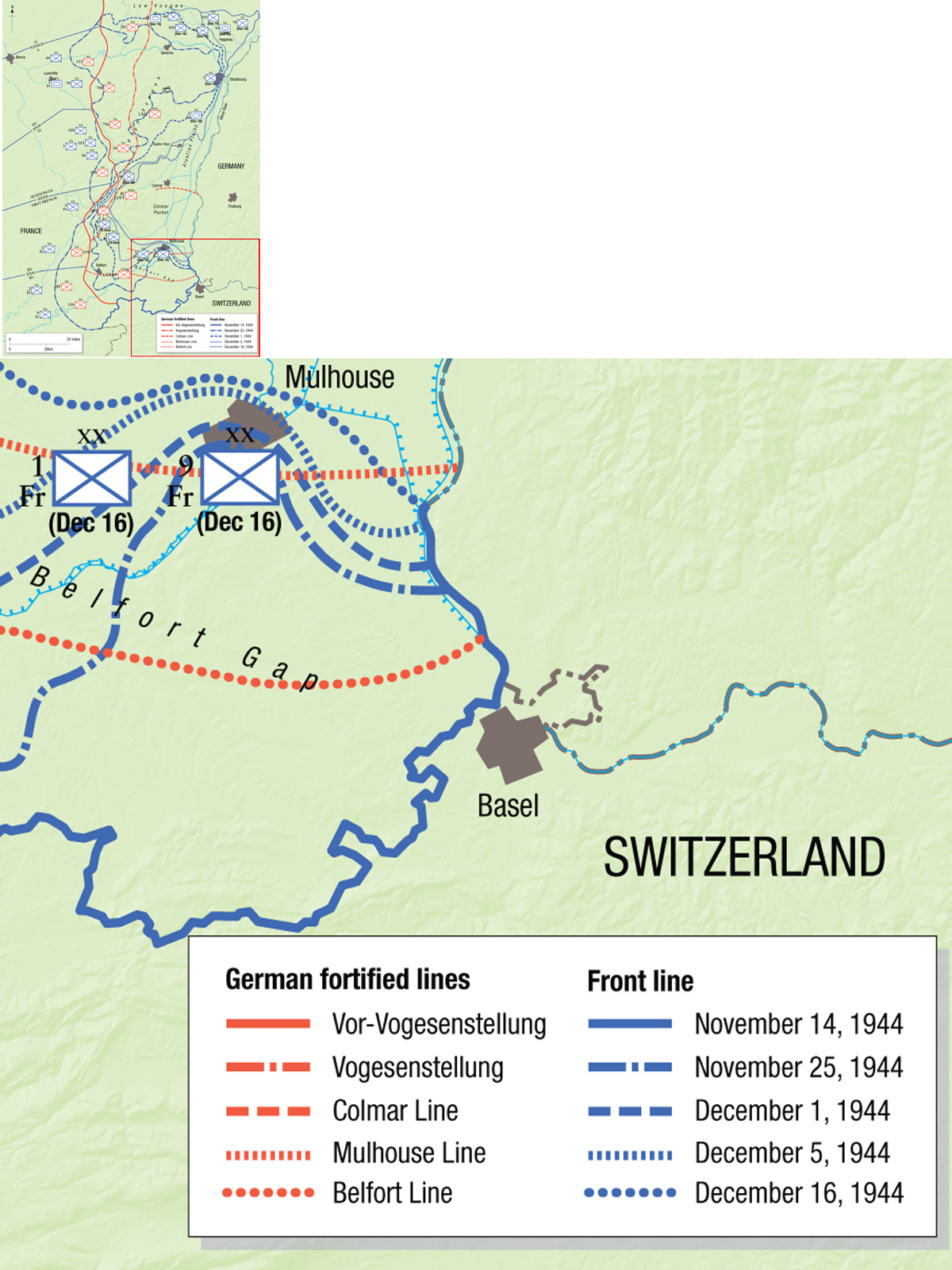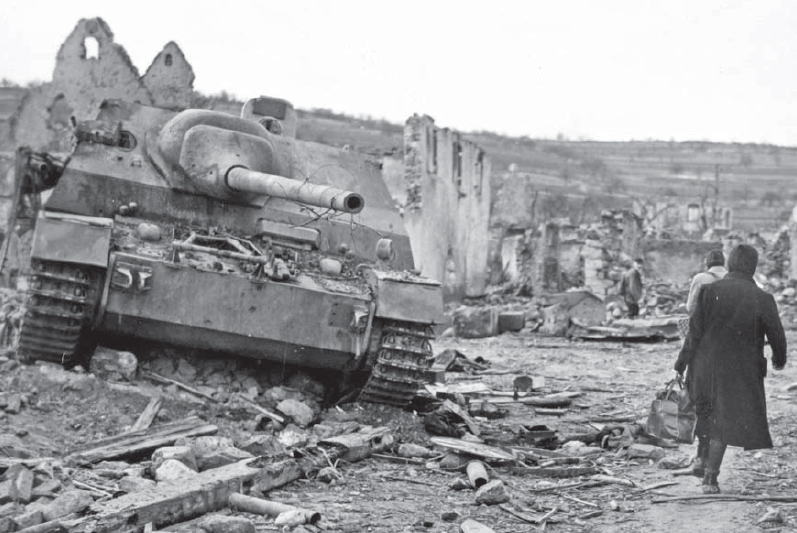CAMPAIGN 223
OPERATION NORDWIND 1945
Hitlers last offensive in the West
| STEVEN J ZALOGA | ILLUSTRATED BY JIM LAURIER |
Series editor Marcus Cowper
CONTENTS
ORIGINS OF THE BATTLE
In the waning hours of New Years Eve 1944, the Wehrmacht launched Operation Nordwind, the last German offensive of World War II in the west. It was an attempt to exploit the disruptions caused by the Ardennes offensive further north in Belgium. When Pattons Third Army shifted two of its corps to relieve Bastogne, the neighboring Seventh US Army was forced to extend its front lines. This presented the Wehrmacht with a rare opportunity to mass its forces against weakened Allied defenses. At stake was Alsace, a border region that had been a bone of contention between France and Germany for the past century. Taken from France by Germany in the wake of the 1870 Franco-Prussian war, it returned to France after World War I in 1918, only to be retaken by Germany after Frances 1940 defeat.
The fate of Alsace was of no particular concern to Eisenhower and the Anglo-American forces in north-west Europe, and the initial plans were simply to withdraw the Seventh US Army to more defensible positions in the Vosges mountains until the more crucial Ardennes contest was settled. However, the forfeit of the Alsatian capital of Strasbourg was completely unacceptable to de Gaulle and the Free French forces, resulting in a political firestorm that forced a reconsideration of Allied plans for dealing with the German attacks. Hitler saw Alsace as the last tangible reminder of Germanys great victory in 1940 and Strasbourg was the symbol of German control on the west bank of the Rhine; he insisted the city be retaken. The failure of the Ardennes offensive convinced Hitler that some new tactic had to be employed when dealing with the Allies. Instead of a single large offensive, Hitler decided to launch a series of smaller, sequential offensives. As a result, some German commanders called the Alsace campaign the Sylwester offensives after the central-European name for the New Years Eve celebrations.
The initial Nordwind offensive emanated out of the fortified border city of Bitche, but made little progress in the face of stiff American resistance. The American battle cry became No Bulge at Bitche! US units were pulled off the Rhine near the Strasbourg area to reinforce the Bitche sector, providing the local German commanders with another temporary opportunity. A hasty river-crossing operation was staged at Gambsheim and the bridgehead gradually expanded in the face of weak American opposition. In view of the failure of the initial Nordwind offensive around Bitche, Hitler shifted the focus of the Alsace operation farther east towards Hagenau, attempting to link up the two attack forces and push the US Army away from the Rhine. This led to a series of extremely violent tank battles in the middle of January around the towns of Hatten-Rittershoffen and Herrlisheim, which exhausted both sides. An experienced German Panzer commander later called these winter battles the fiercest ever fought on the Western Front.
When the Red Army launched its long-delayed offensive into central Germany on January 14, the possibilities for further Wehrmacht offensives in Alsace drew to an end. Panzer units were transferred to the Eastern Front, and German infantry units began to establish defensive positions. With the Wehrmacht exhausted and weakened, it was the Allied turn for action. A large pocket of German troops was trapped on the west bank of the Rhine around Colmar, and Eisenhower insisted that the Colmar Pocket be eradicated. The 1re Arme did not have the strength to do it quickly, so in late January, additional American divisions were moved into Alsace from the Ardennes front. In two weeks of fierce winter fighting, the German Nineteenth Army was decisively defeated and its survivors retreated over the Rhine.
The January 1945 Alsace campaign fatally damaged one German field army and severely weakened a second. This became startlingly clear in March 1945 when the US Armys lightning campaign crushed Heeresgruppe G (Army Group G) in the Saar-Palatinate, later dubbed the Rhine Rat Race. The obliteration of the Wehrmachts exhausted southern field armies was the root cause of Pattons dramatic advance through southern Germany in April and May 1945.
Alsatian civilians return to the ruins of the village of Mittelwihr on the eastern slopes of the High Vosges following the elimination of the Colmar Pocket in February 1945. The wrecked PzKpfw IV/70(A) was probably from Panzer-Brigade 106, which fought in these final battles. (NARA)
CHRONOLOGY
| 1944 |
| August 15, | US Seventh Army lands in southern France in Operation Dragoon, starting the campaign to push Heeresgruppe G out of southern and central France. |
| November 13 | 6th Army Group begins offensive with Seventh US Army
overcoming the High Vosges defenses and the French 1re Arme the Belfort Gap. |
| November 19 | 1re Arme reaches the Rhine after pushing across the Belfort Gap. |
| November 23 | Strasbourg is liberated by French 2e Division Blinde. |
| November 28 | 1re Arme captures Mulhouse and Belfort, opening access to the Alsatian plains. |
| December 10 | Himmler takes over the new Heeresgruppe Oberrhein command, which controls the isolated Colmar Pocket. |
| December 16 | Wehrmacht begins Ardennes offensive. |
| December 19 | 6th Army Group is instructed to take over part of Pattons Third Army sector and go over to a defensive posture. |
| December 23 | General Balck sacked as head of Heeresgruppe G; Blaskowitz returns to command. |
| December 27 | Eisenhower warns Devers to be prepared to pull back off the Alsatian plains to the Vosges Mountains if the Germans attack. |
Night
December 29/30 | Heeresgruppe G units begin moving into their attack positions. |
Midnight
December 31 | Operation |

